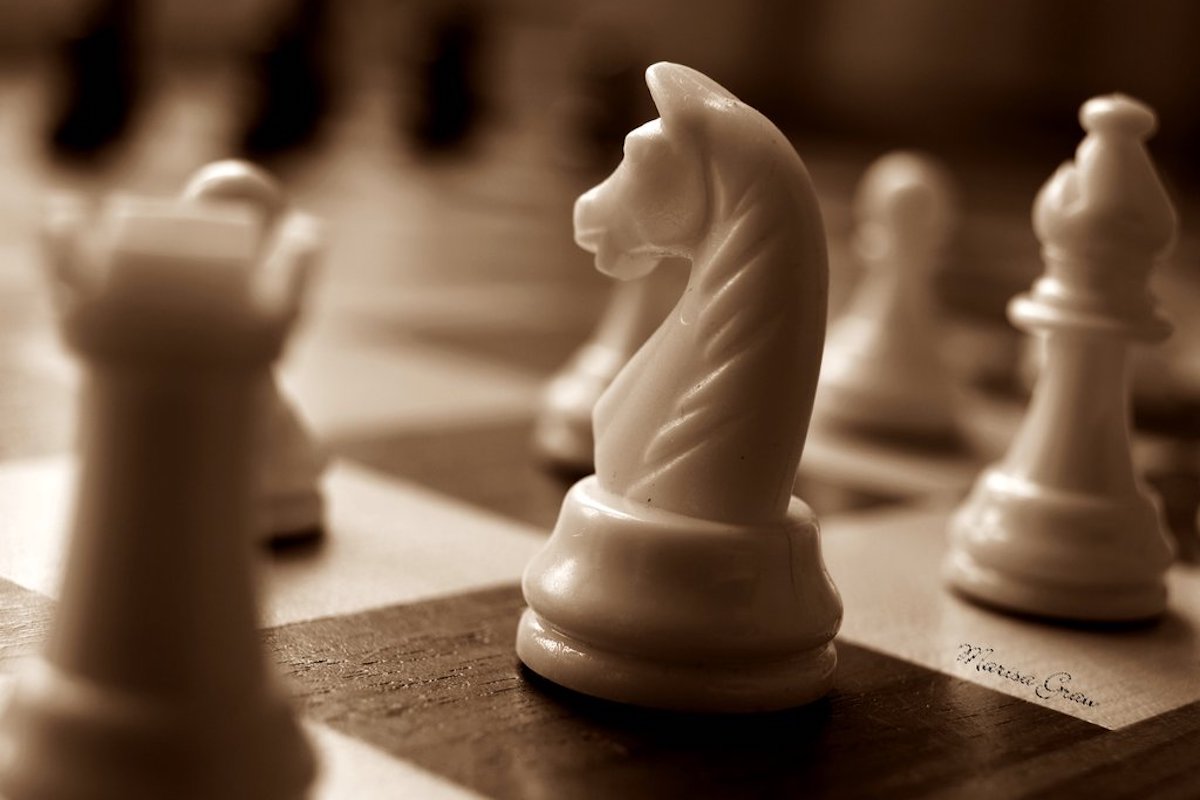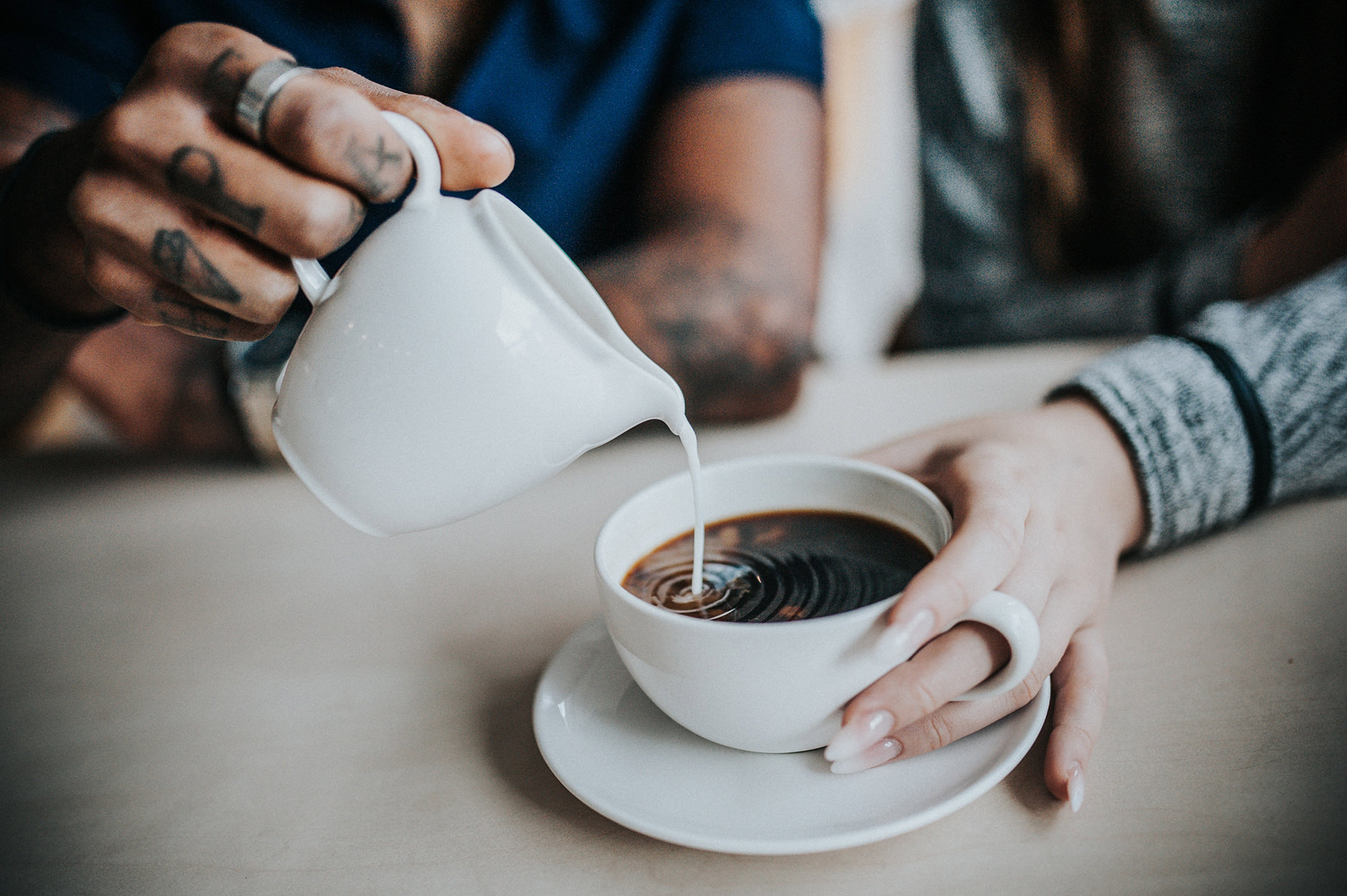Activism
White Saviors Need to Leave the Room
We need to have a discussion about racism—including a discussion about what that word means.

She called herself Kalamity, though that’s not her real name. She’s the white woman who called me a racist for noting that Indigenous children who live in communities where parents own their homes tend to have a higher standard of living and care than those who live in reserve communities where property is owned communally. This was the day after she schooled me, a Desi, together with a Kenyan woman—the only two non-white individuals in our class—on the proper use of people-of-colour nomenclature.
“I’m not sure I like that phrase,” said the Kenyan woman.
I agreed. Of all the ways to describe oneself, why would I self-define as not white.
“Women of colour chose it,” Kalamity informed us. By this, I learned, she meant black intersectional feminists.
This wasn’t the first or last time that Kalamity treated us like elementary-school children in catechism class. I didn’t like this feeling.
Kalamity also called me out as racist for disagreeing with her pronouncement that those Charlie Hebdo cartoons from 2015 were racist. That Kalamity could not read French and was unfamiliar with both Charlie Hebdo and the French satirical tradition made no difference to her. Kalamity was acting like a good white person because she was saying the things that good white people are supposed to say.
One might call it White Saviourism. It nourishes the idea that those who have little melanin must adopt a heroic pose in regard to those who have much. So women like me require saving, regardless of whether we consent to it or not. Melanin people must know their low place in society, since the conceit of the white saviour depends on the existence of someone in peril. Otherwise, there’s no demand for white saviours to come charging in heroically on their white horses. Why does this remind me of some surreal form of colonization?
For all the talk about “people of colour,” I’ve noticed that East and South Asians lately have been having trouble getting their woke parking stubs validated. The socioeconomic data make the narrative harder to sustain, and you hear a lot about people like me “internalizing” white supremacy. That’s the thing about “whiteness,” we’re told. It can be spread, like a disease.
As a Desi—a person of South Asian ancestry living abroad—I feel like the custard filling in a culture-war mille-feuille, with alt-right xenophobes on one side and Kalamity’s Wokus Pokus acolytes on the other. More and more, this latter group is migrating to new terminology that more explicitly sets out the intersectional status hierarchy, such as with “BIPOC”—“black, Indigenous and people of color.” The old adage among activists was all about a sense of solidarity spanning all people of color. Now, things are more complicated. In early June, the president of the Canadian Broadcasting Corporation (CBC) recently got called out by anti-racist activists for not explicitly name-checking anti-black racism in her denunciation of racism more generally. So she had to publish a whole new, and more specific, denunciation of racism.
The kind of supremacy we hear about is white supremacy. But history shows that, when given the chance, everyone likes lording it over everyone else. I think of Guyana, my dad’s South American homeland, a place devastated by racial strife. Europeans in Guyana depended on slave labor until it was abolished in 1838. To run their plantations, colonialists then brought in indentured workers from India. When their descendants speak of the coolie trade, some are reminded that it wasn’t true slavery—and that it’s a form of anti-black racism to compare the two. Taken to its extreme, as it often is, this kind of denial of historical nuance can become a form of collective gaslighting.
In the aftermath of George Floyd’s killing by a Minneapolis police officer, America’s conflicts have spilled into Canada, where I live. We have our own issues north of the border. But I wonder how much of the recent social panic here is just an opportunistic outpouring of pre-existing ideological grievances.

When it comes to the treatment of Canada’s Indigenous population, “reconciliation” has been the watchword for years now. But it’s a collectively told lie, a polite euphemism for coerced public confessions. We are being instructed to validate the oppression experienced by others. Predictably, this sort of exercise becomes a competitive game, since every group has something to complain about. There is never any honest attempt to understand the real human condition we all inhabit.
Just a few years ago, the attention of Canada was focused on Attawapiskat, a tiny Cree community in northern Ontario that had fallen into crisis. Adrian Sutherland, a singer from Attawapiskat, recently told the media that the old problems are still around—undrinkable water, poverty, degraded infrastructure. All those land acknowledgements we love to be seen reciting don’t seem to have helped Attawapiskat much. June is National Indigenous History Month in Canada. But you wouldn’t know it from reading Canadian social media, which is all about Black Lives Matter, the cause de jour.
Last year, a report came out that accused the Canadian government of perpetuating an ongoing genocide against Indigenous women. A few months later, Justin Trudeau was telling the world that Canada deserves a seat on the UN Security Council. Genocide? That was so 2019. It’s all about optics and letting people know how woke you are—as with CBC journalist Piya Chattopadhyay, who instructed her Twitter followers to “diversify your friend group by race, class and gender,” like stocks in a portfolio. As always, buy low, sell high. Black Lives Matter is hot right now, so it might be a good time to invest in Central Asian, working-class, and gay.
A term we hear a lot today is “structural racism,” often called “institutional racism.” The idea here is that some kinds of racism are invisible forces embedded within organizations, laws, or even whole political systems. It’s not a crazy idea. But what the Kalamitys of the world like about it most is that, since structural racism is invisible to lay people, the masses require the priestly guidance of anti-racist experts so they know what to denounce. This week, it’s one thing. Next week, it’ll be another. Check Twitter daily for instructions.
I struggle with the cognitive dissonance that has come to define Canada—a country with a real history of colonial cruelty in regard to Indigenous people, while also becoming (by international standards) a bastion of tolerance and multiculturalism. Which one is my Canada—the one where Indigenous people can’t drink the tap water, or the one that settles tens of thousands of refugees every year? Sometimes, we’re expected to wave the flag and announce our patriotism. At other times, it becomes a thoughtcrime to speak of Canada as anything but a hive of bigotry. As a victim of domestic abuse who sometimes reads these political manias as allegories for the gaslighting I endured at home, I find it hard to divide the personal from the political. It all reminds me of Flowers in the Attic.
Race doesn’t matter: Wasn’t that the whole idea we’d been fighting for in the first place? How has this non-existent category become something that none of us can stop talking about? That’s one of the questions I was looking to answer at Kalamity’s course, which was supposed to help people like me run our own workshops. But after she branded me a racist, I never went back. It upset me, actually. At the time, and for a long time afterwards, I didn’t really understand why. Now I understand that she was gaslighting me, trying to make me believe that I was the crazy one, the racist. Who knows how many other “women of colour” have left her course feeling the same way.
We need to have a discussion about racism—including a discussion about what that word means. I don’t know what that discussion will look like. But I know it will be different from the one we’re having now, with more nuance and fewer accusations. All those white saviors are welcome to attend. But first, they’ll have to dismount from their steeds and take a chair, just like everybody else.






